Where Break-Ins Happen
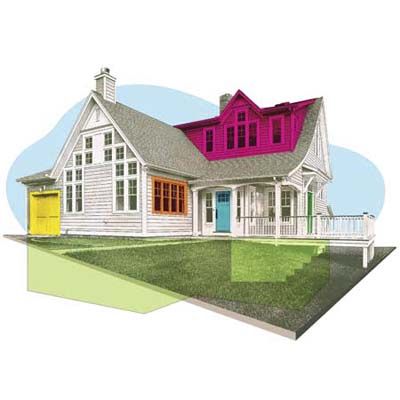
Before you head out for that hard-earned trip to the shore or mountains, take a moment to batten down the hatches at home. Summertime is peak season for house thefts, according to the Burglary Prevention Council, which keeps statistics
on where intruders break in. The good news: You don’t need an expensive high-tech alarm system. A few well-placed (and well-priced) locks and security devices will do the trick.
Front Door: 34% of Break-Ins
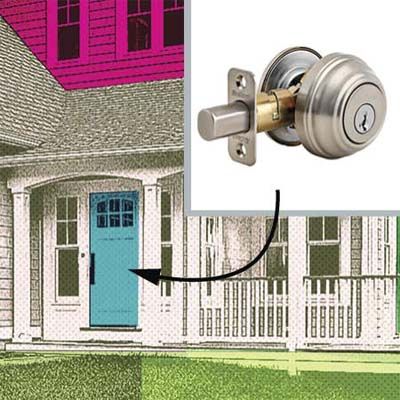
Most break-ins occur here, so invest in a solid, pick-resistant deadbolt lock (and remember to lock it!). An added step: Keep your outdoor entry light on a timer so it illuminates your house at night.
Smartkey, $30; Kwikset
First-Floor Windows: 23% of Break-Ins
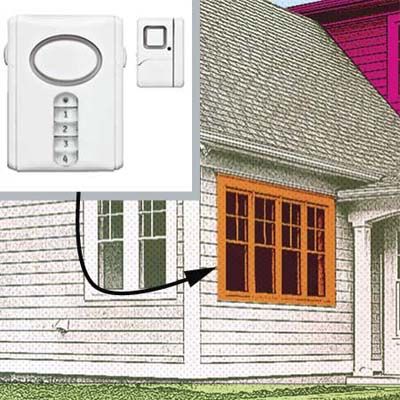
You’ll need sash locks, of course, but easy-to-reach windows
should get double protection. This wireless alarm system sounds off every time a window is opened to scare away would-be intruders.
GE Wireless Alarm System kit with 3 battery-operated alarms, $30; Jasco Products
Side Entry: 22% of Break-Ins
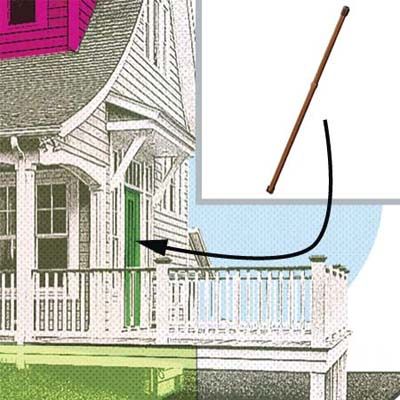
If you have sliding
glass doors, install a solid metal jammer that folds
up when not in use to keep them from being lifted off their tracks.
Adjustable Security Bar,
$30; Improvements
Garage: 9% of Break-Ins
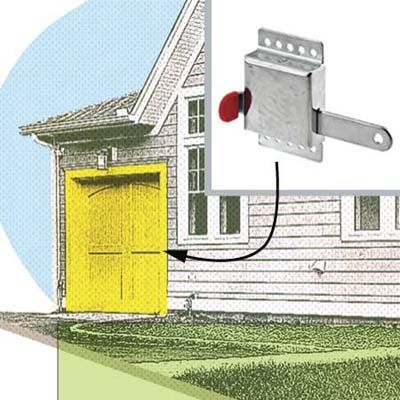
A side-mounted indoor lock may be a tad inconvenient, but it offers extra security in case a burglar bypasses your electronic garage-door opener.
Side Deadlock,
$4.50; Prime Line Slide Co.
Basement: 4% of Break-Ins
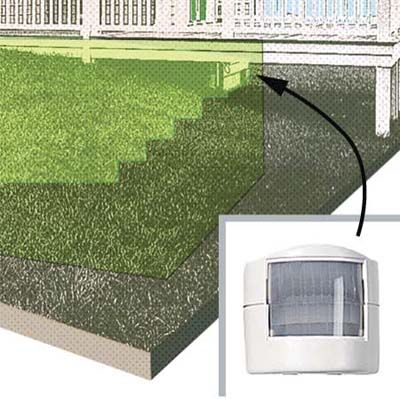
Motion-activated security lights near grade-level windows or entrances give prowlers nowhere to hide.
GE Wireless SmartHome Outdoor Motion Sensor Kit, $35; Jasco Products
Second Floor: 2% of Break-Ins
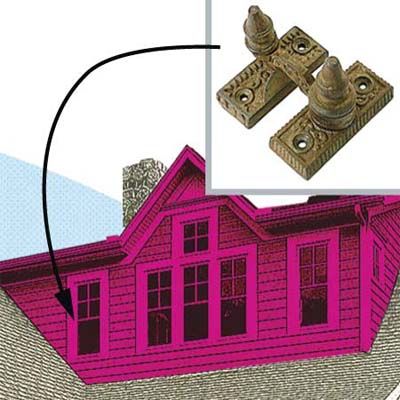
It’s easy to overlook areas that are high off the ground. Make sure all your windows have sash locks, which come in many different styles.
Cast Iron Sash Window Lock, $12; House of Antique Hardware
Additional home safety resources:
